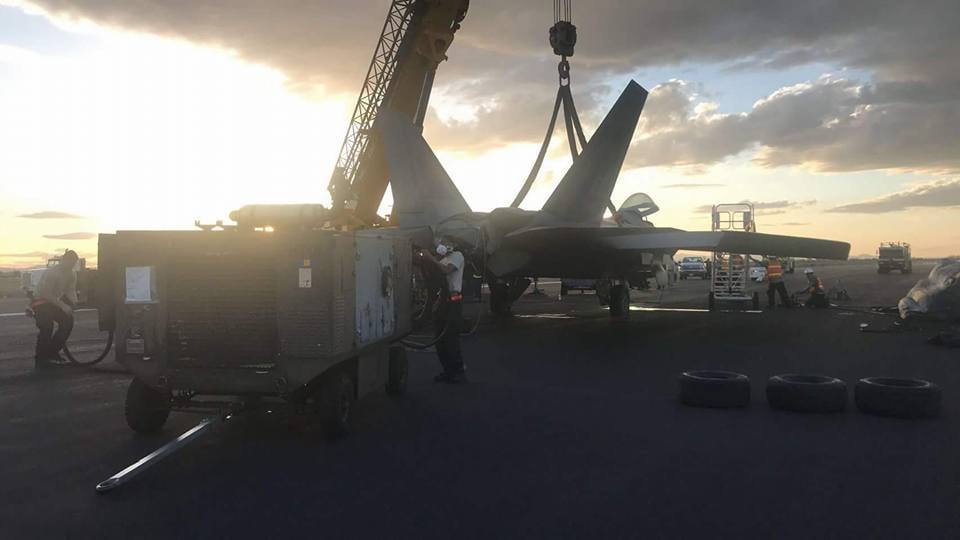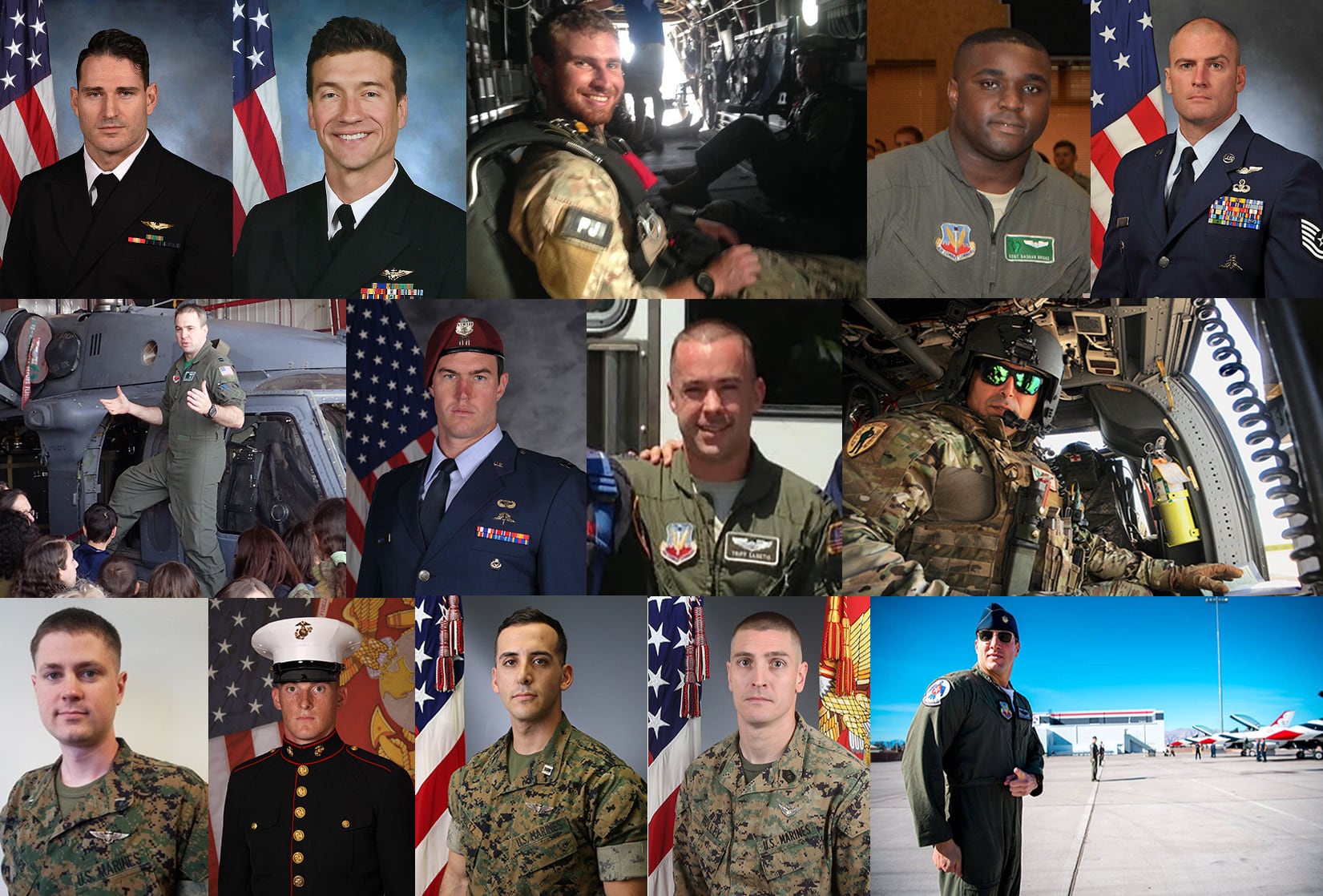This story has been updated with comments from Joint Base Elmendorf-Richardson.
An F-22A Raptor from Joint Base Elmendorf-Richardson skidded on its belly during a botched takeoff at Naval Air Station Fallon in Nevada Friday.
The mishap was originally reported on The Drive and confirmed by Elmendorf in a statement Tuesday.
Master Sgt. Joshua Jasper, a spokesman for the 673rd Air Base Wing at Elmendorf, said in the email that the Raptor was from the 90th Fighter Squadron in the 3rd Wing at the Alaskan base. It was at Fallon to participate in a training exercise with the Navy, he said.
The F-22 “skidded to a stop on the runway of NAS Fallon in Nevada, shortly after takeoff,” Jasper said. “The pilot egressed the aircraft safely.”
The Drive reported Saturday that the mishap possibly took place when the Raptor was taking off and retracted its landing gear too early, causing it to slam down on the runway and skid to a stop.

Jasper confirmed that the Raptor was later hoisted to a position where the landing gear could be extended and locked, and then towed to a position where the amount of damage and necessary repairs could be evaluated.
The unofficial Facebook page Air Force amn/nco/snco posted pictures of the aftermath of the mishap and the plane being hoisted, and quoted an unnamed source as saying the Raptor’s left engine flamed out during takeoff, and that the pilot raised the gear in the air shortly before realizing the engine was dead.
Jasper said that the incident is still under investigation to find out what caused it.
“It is not known at this time whether a landing gear, engine malfunction, or any other mechanical issue were factors in the incident,” Jasper said. “More details may be released as they become available.”
The incident comes at a time when increasing attention is being paid to the military’s growing rate of aviation mishaps.
A Military Times investigation found that manned warplane accidents have spiked almost 40 percent since 2013, when the budget cuts required under sequestration took effect.
RELATED

The Air Force’s mishap rate grew 16 percent between 2013 and 2017. Much of that was due to a rise in Class C incidents, which are less-serious but still concerning because they could be a “canary in the coalmine,” foreshadowing more serious mishaps in the future.
Air Force Chief of Staff Gen. Dave Goldfein earlier in April ordered a review of the service’s increase in Class C mishaps.
Stephen Losey is the air warfare reporter for Defense News. He previously covered leadership and personnel issues at Air Force Times, and the Pentagon, special operations and air warfare at Military.com. He has traveled to the Middle East to cover U.S. Air Force operations.
